Police, guns and America: Take away training, and it’s a lethal mix
JUSTINE Damond was the 160th person to die at the hands of gun-wielding police in the USA so far this year. What is behind this continuing catastrophe?
World
Don't miss out on the headlines from World. Followed categories will be added to My News.
SHOTS fired. They are two words tearing America apart. Is it a trigger-happy culture? Is it the breakdown of law and order? Or is it a race war? As the police-shooting death toll soars, the answers appear further away than ever.
Minneapolis Mayor Betsy Hodges was today questioned over the fatal shooting of Australian bride-to-be Justine Damond by two police officers of less than two years experience.
“We are in a country where people have guns,” she responded. “What I will say to you is that these were two fully trained police officers. We have changed policies. We have an emphasis in community policing and are implementing in that.”
Her statement identifies the two key problems confronting an America increasingly mortified by the rising toll of deadly-force killings.
Guns. And training.
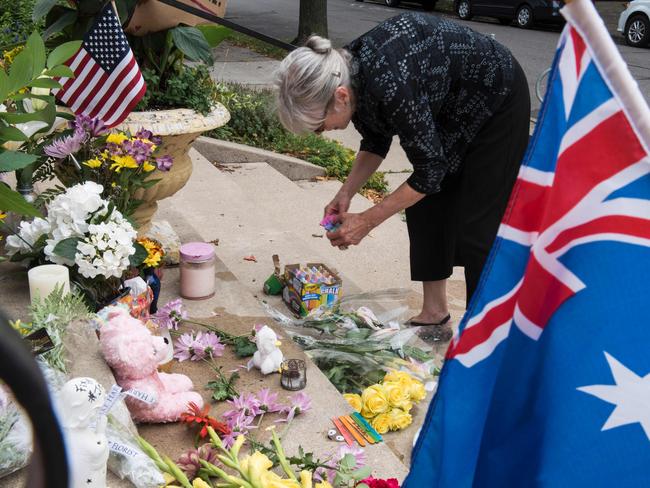
Ms Damond was the 541st person to fall victim to gun-wielding police so far this year. That’s a rate of almost three killings each day.
Statistics show the rate of such police-involved killings in the United States is on the rise.
2016 had the highest toll yet. US media reports a record 963 police-involved deaths.
2017 has got off to an even worse start.
Race is undoubtedly a factor.
In 2016, at least 309 black people were killed by police in the United States.
So far in 2017, 160 have been shot to death.
So why, more than two decades after the 1992 Los Angeles riots brought police violence to public attention, does the death toll continue to soar?
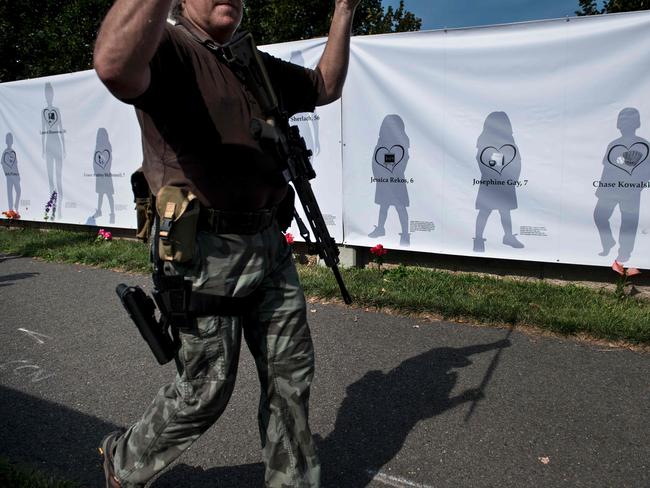
THE PEOPLE
“Countless police officers and politicians have defended these high (fatality) numbers by blaming the American people’s aggression or the multitude of guns in our country,” a report by the Harvard University’s Harvard Political Review finds.
Racism also plays its role, says Professor in the Program in Criminal Justice of Rutgers University Paul Hirschfield.
“Racism, along with a prevailing American ideology of individualism and limited government, helps explain why white citizens and legislators give so much support to controversial police shooters and aggressive police tactics and so little to criminals and poor people.”
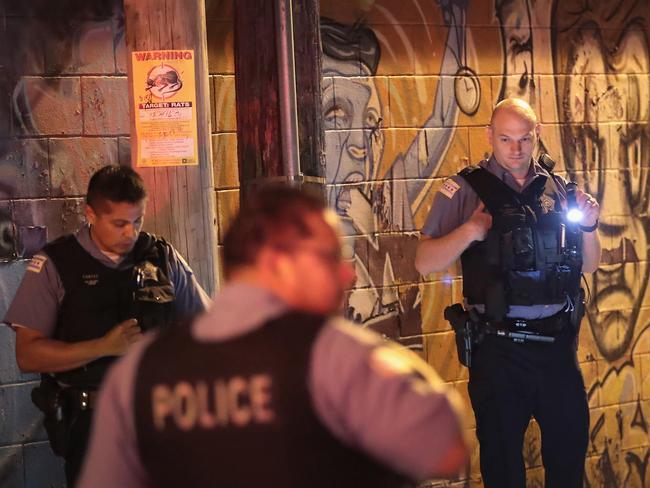
“American police are primed to expect guns,” Hirschfield says.
There is no doubt America is among the most heavily armed nations on the planet, with a fervently protected and trumpeted gun culture.
Between 40 and 50 per cent of households reportedly have at least one gun.
But these weapons are not themselves entirely to blame. Almost 60 per cent of deadly force victims were carrying replica, or toy, guns.
It’s what they represent that is the problem, Hirschfield says.
“The spectre of gun violence may make them prone to misidentifying or magnifying threats like cellphones and screwdrivers,” he said.
“It may make American policing more dangerous and combat-oriented. It also fosters police cultures that emphasise bravery and aggression.”
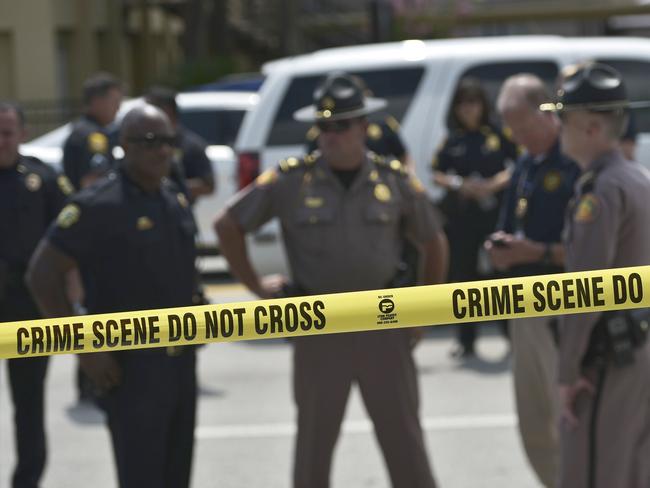
THE POLICE
Is law enforcement simply a matter of giving someone a badge and a gun?
In the United States, every police district makes up its own mind.
There are no uniform standards of education, training — or even conduct.
“These disjointed and decentralised police standards have led to the evolution of two types of police departments: those focusing on militarised force and those focusing on peaceful de-escalation,” the Harvard Political Review finds.
Many recruits have only low educational achievements, the report states. But this also coincides with the difficulty police forces have in attracting recruits with relatively low pay rates and a high-stress workload.
And policing in America is dangerous work. Last year’s toll of 135 officers killed was the highest in five years. Some 51,500 officers were assaulted in 2015 alone.
So how are America’s sheriffs fighting back?
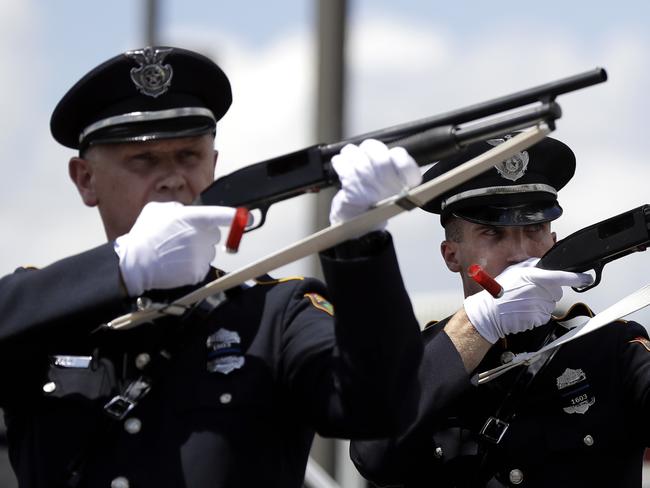
The focus appears mainly to be on giving deputies bigger guns and better armour, and cutting enlistment education requirements.
“The trend toward militarisation can be stagnated, however, by a more educated police force,” the Harvard report states.
But the divide between police and the public appears to be growing.
“Increased police shootings and a trend toward police militarisation have sparked rioting and heavy criticism from both public officials and the media,” the report says. “This deterioration of the police’s public image in America has deterred countless potential applicants.“
This lack of academic prowess is being exacerbated by poor quality training, and a general lack of follow-up opportunities, for officers nationwide.
The figures are sobering.
The average US police officer receives 58 hours being trained on how to use a gun. They get just eight hours instruction on when it should be used.
In North Carolina, a licensed barber must undergo 1528 hours of training. An armed police officer needs just 620.
In Louisiana, police undergo just 360 hours of formal instruction.
It’s a self-perpetuating cycle.
A 2006 study of Florida police found officers with no more than a high school education accounted for 75 per cent of all disciplinary actions.
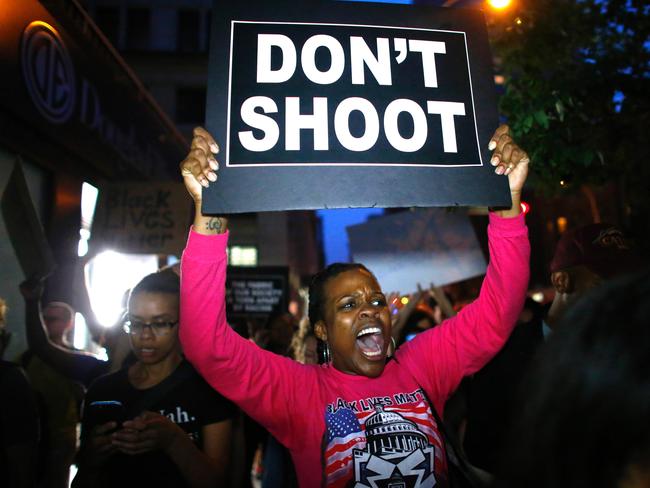
THE DEAD
Survey after survey identifies minority groups, in particular Latinos and African-Americans, suffering a disproportionate number of deadly force deaths.
Little surprise their confidence in police is lacking.
But there are other revealing details buried among the statistics.
More than a quarter of police violence victims were killed in small towns. But only 17 per cent of the US population lives in towns of less than 25,000.
In America, many of these small towns fund, recruit, train — and arm — their own police.
And there’s much less chance of surviving an encounter with armed police.
Only eight US states require police to issue a verbal warning before opening fire. Warning, and nonlethal, shots are often actively discouraged by legislation.
Some US commentators are now going so far as to tell readers “don’t call the police” ...
“Before you call the police, ask yourself: Could this get someone killed?”
It comes after an incident in June when police shot and killed a 17-year-old after responding to a noise complaint. The teenager was struggling to control a guard dog.
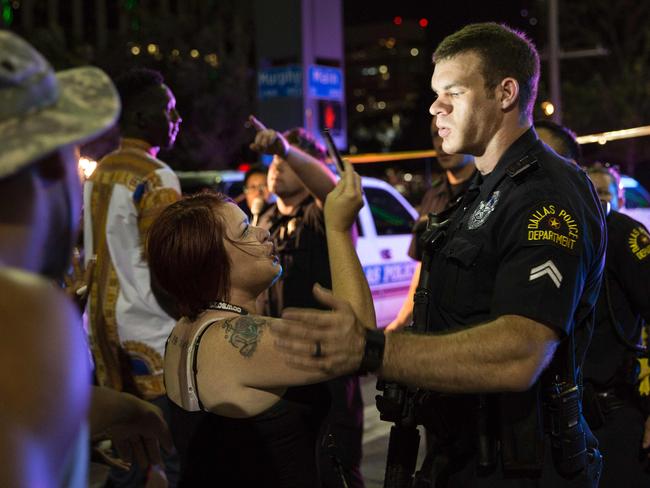
But the most prominent recent example of US police violence was the 2014 death of unarmed black teenager Michael Brown in Ferguson, Missouri. The militarised response to protests over the acquittal of the officer involved echoed around the world.
It is a scenario still being played out repeatedly in suburban America.
Polls show Americans of all colours don’t believe police departments hold officers accountable for misconduct, racial impartiality — or ‘appropriate force’.
The Harvard report highlights knife crime is a major issue in Great Britain, but British police have only killed one knife-wielding person since 2013. US police killed 575 knife-wielders over the same period — about 20 per cent of all deadly force victims.
“The weapons aren’t the problem, police training is,” the report states.
“These departments need to follow Europe’s example of uniting behind a centralised policy of de-escalation rather than militarisation. These departments also need a policy that focuses on comprehensive training that includes working with emotionally or mentally ill people, and resolving situations peacefully. Such changes will finally begin a shift in American policing from the current “shoot first” policy to Europe’s “think before you shoot” mindset.”


